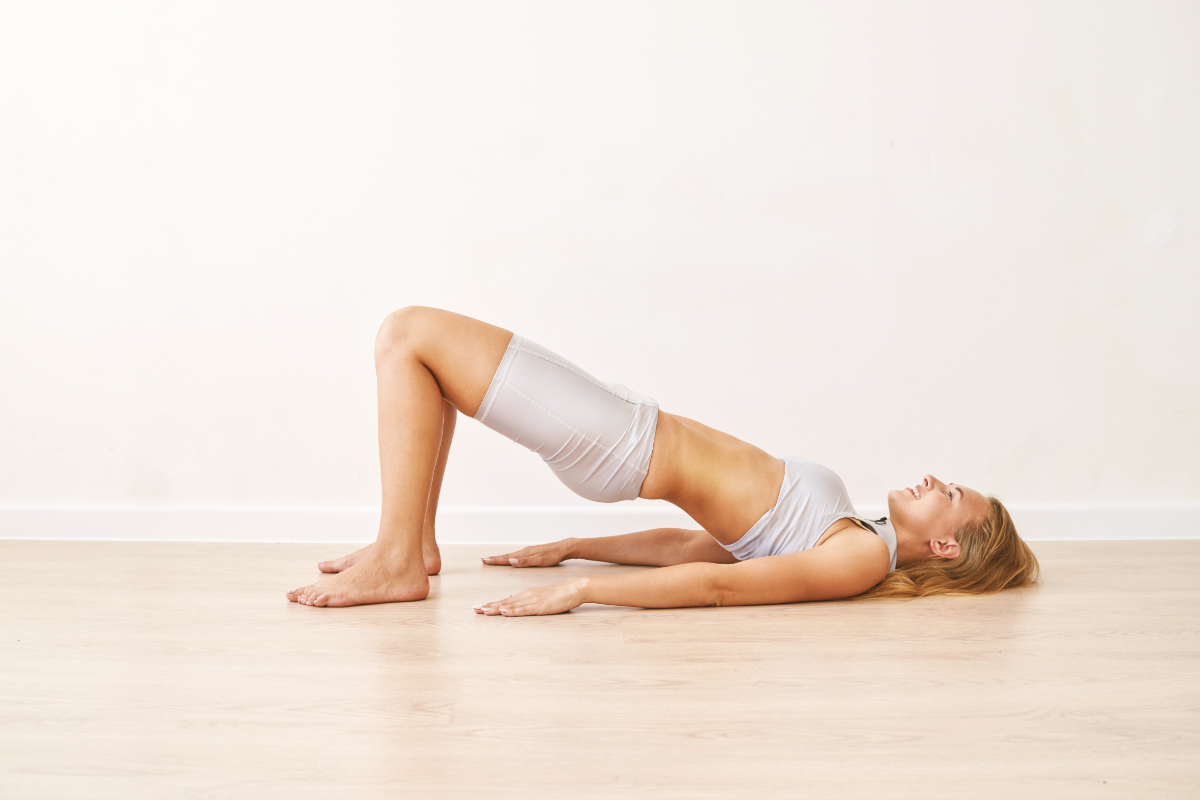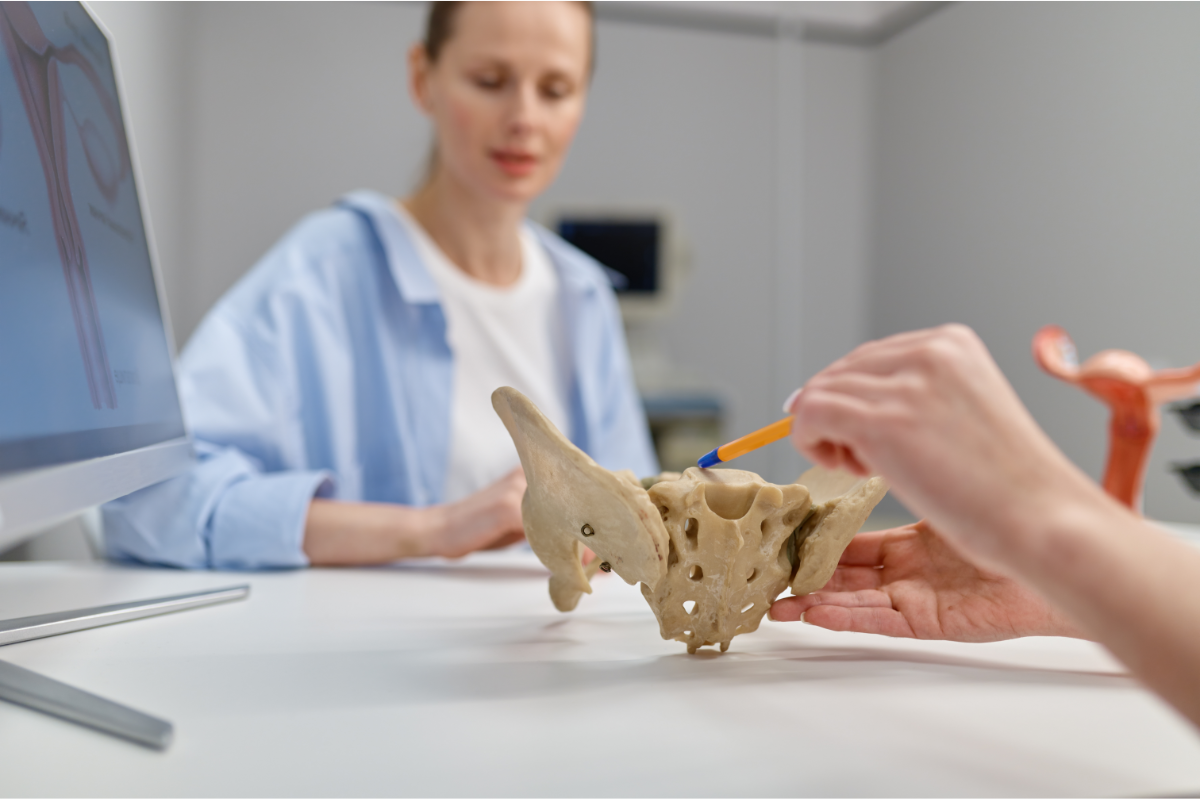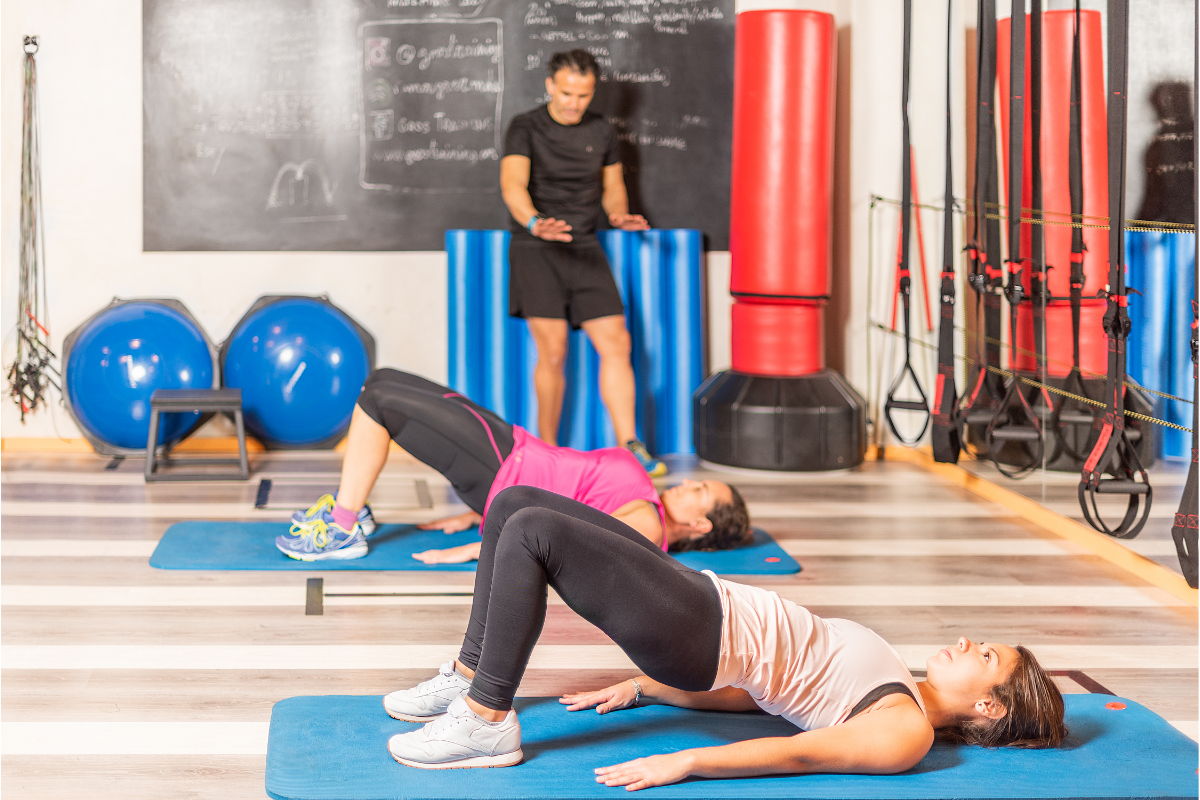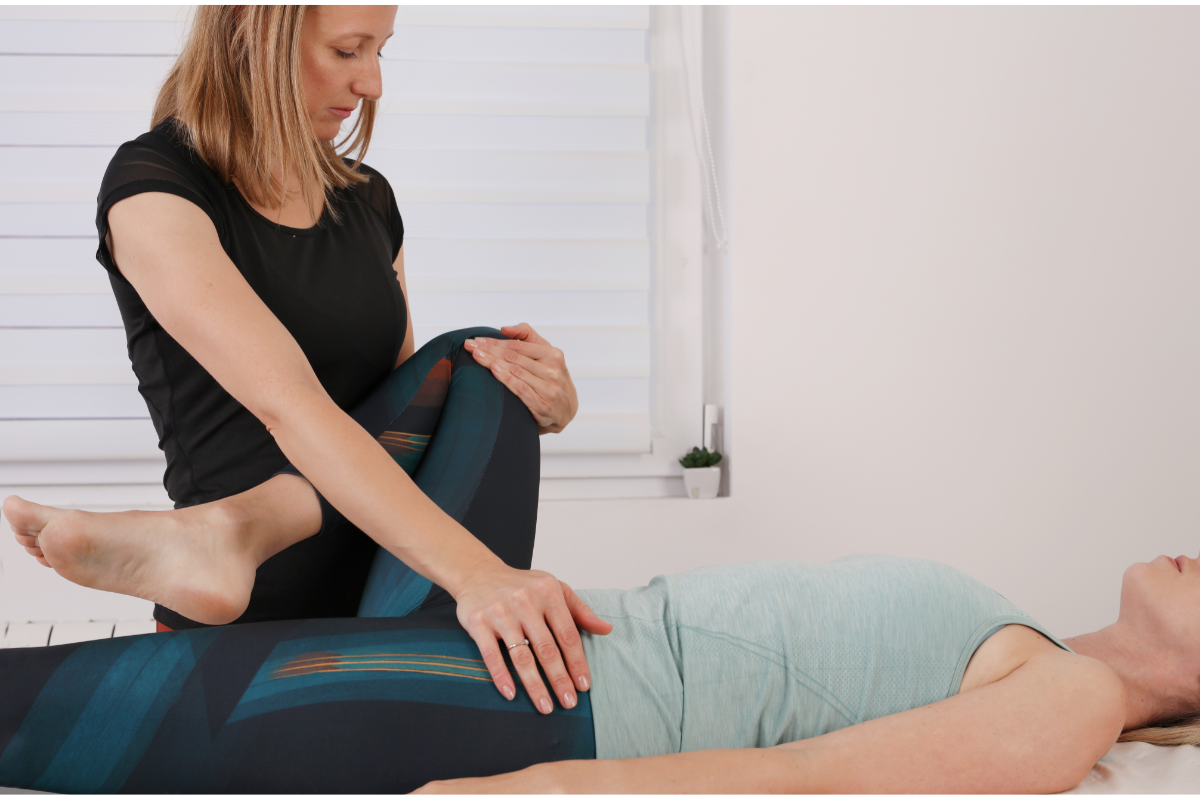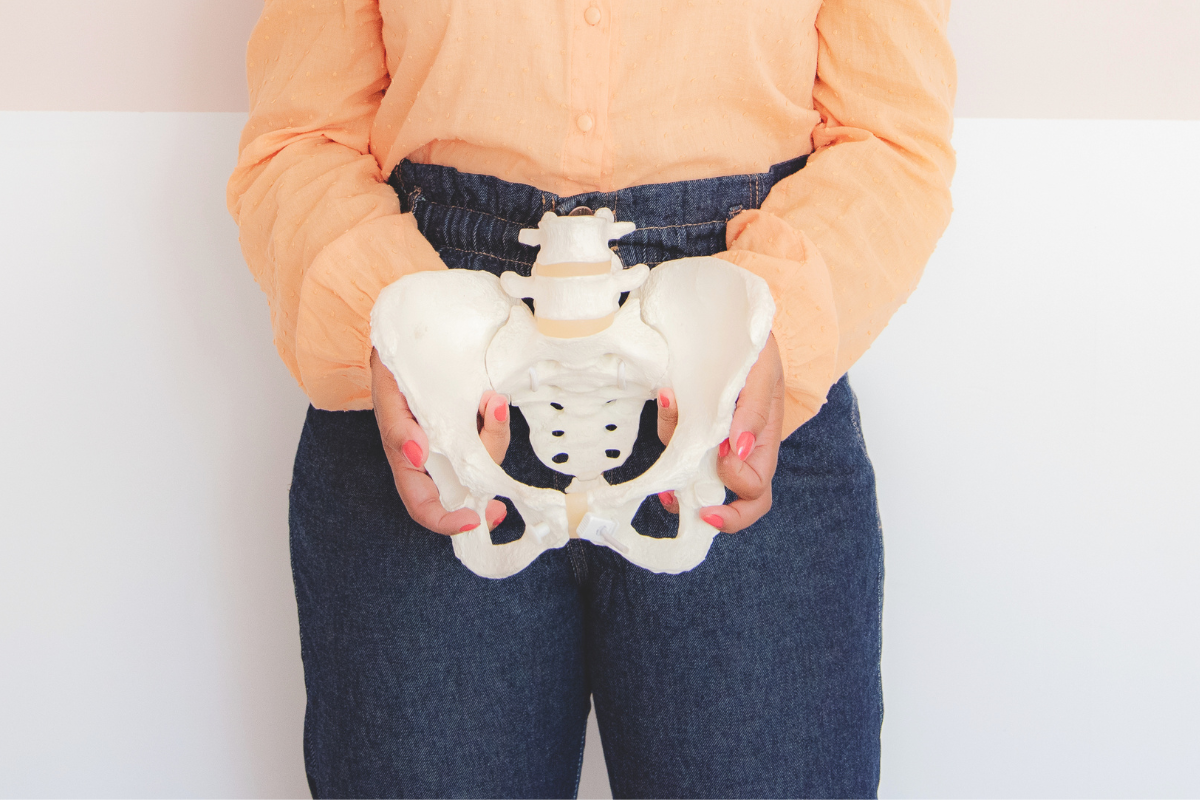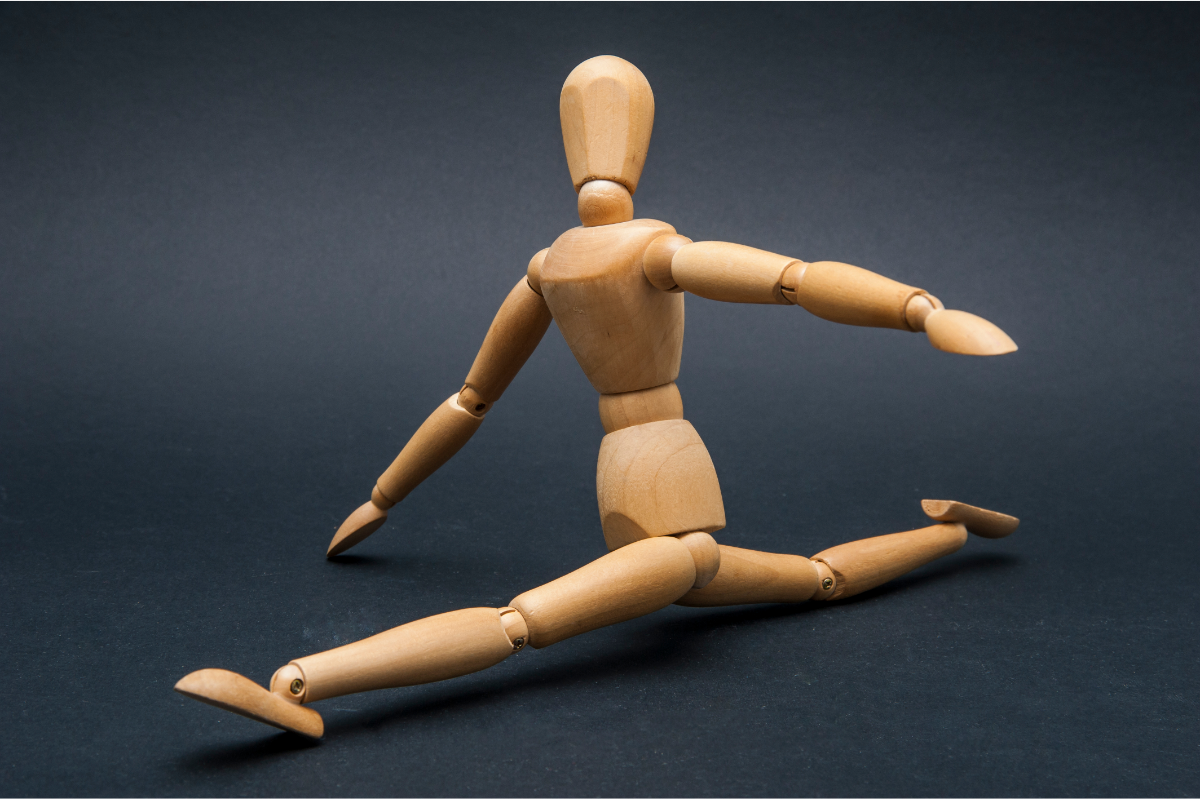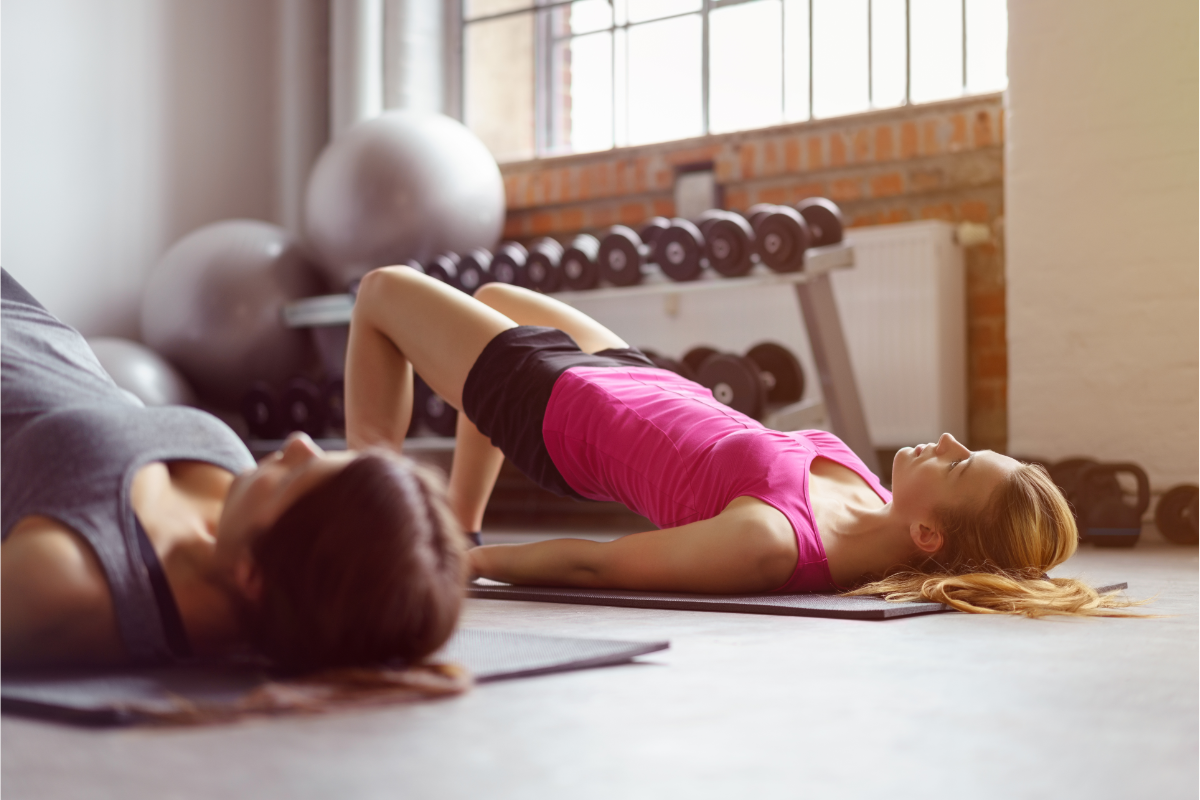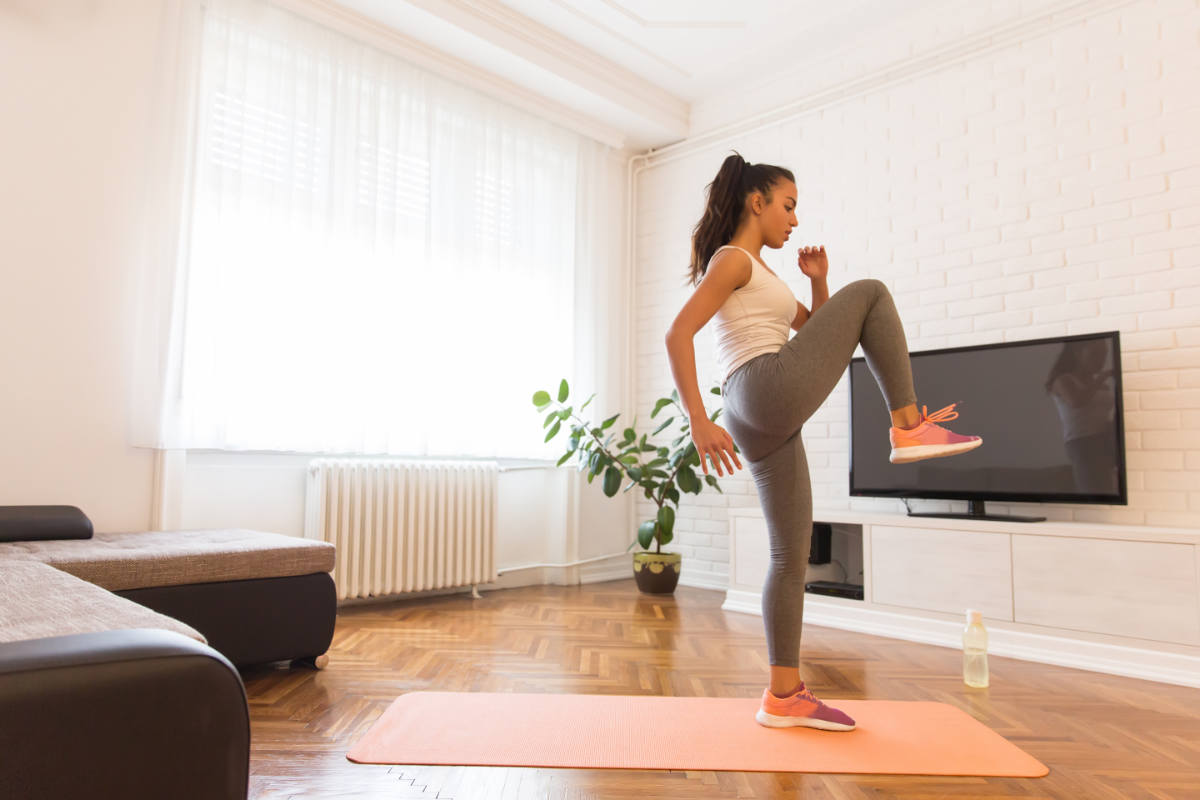Top 5 Pelvic Floor Exercises You Can Do at Work
In today’s fast-paced world, finding time to exercise can feel like a luxury. However, integrating small workouts into your workday can make a significant difference in your overall health. One area often overlooked is the pelvic floor. Strengthening your pelvic floor muscles not only helps with bladder control but can also enhance sexual function and support core stability. In this article, we’ll explore the top five pelvic floor exercises you can do right at your desk, ensuring you maintain your health without sacrificing productivity.
Importance of Pelvic Floor Health
Understanding the Pelvic Floor
The pelvic floor is a group of muscles located at the base of your pelvis. These muscles support the bladder, uterus (in women), and rectum. Maintaining the strength and flexibility of these muscles is crucial for many bodily functions.
Common Issues and Symptoms
Weak pelvic floor muscles can lead to issues such as incontinence, pelvic pain, and even sexual dysfunction. By incorporating pelvic floor exercises into your daily routine, you can combat these problems effectively.
The Benefits of Exercising at Work
Why Incorporate Exercise into Your Workday?
With long hours spent sitting, it’s vital to integrate physical activity into your work routine.
Boosting Energy Levels
Engaging in short bursts of exercise can help fight off that mid-afternoon slump. You’ll find yourself more energized and focused after a few minutes of movement.
Reducing Stress and Anxiety
Exercise releases endorphins, which can significantly improve your mood. Even just a few minutes of physical activity can be a fantastic stress reliever during a hectic workday.
Top 5 Pelvic Floor Exercises You Can Do at Work
1. Kegel Exercises
Kegels are perhaps the most well-known pelvic floor exercises, and they’re easy to do discreetly at your desk.
How to Perform Kegels
- Identify your pelvic floor muscles. The best way to find these is to try to stop urination mid-stream.
- Once you know where they are, contract the muscles and hold for five seconds.
- Relax for five seconds.
- Repeat this 10 to 15 times.
Tips for Success
- Practice daily. Set reminders on your phone to help you remember.
- Breathe normally. Don’t hold your breath while doing Kegels; this can cause unnecessary tension.
2. Seated Pelvic Tilts
This exercise can be done right in your chair without drawing attention.
Performing Seated Tilts
- Sit up straight with your feet flat on the ground.
- Tilt your pelvis forward, arching your back slightly.
- Then, tilt your pelvis backward, flattening your back against the chair.
- Repeat this motion 10 to 15 times.
Benefits of Seated Tilts
Seated pelvic tilts help in engaging the core and pelvic muscles. This exercise can improve posture and alleviate back pain, which is common among those who sit for long periods.
3. Glute Bridges
While this may require a bit more space, you can perform a modified version at your desk.
How to Do a Glute Bridge
- Sit at the edge of your chair and scoot forward slightly.
- Plant your feet on the ground, shoulder-width apart.
- Lean back slightly, engaging your core.
- Lift your hips up, squeezing your glutes at the top, then lower back down.
- Repeat this 10 to 15 times.
Incorporating Glute Bridges into Your Day
You can perform this exercise during breaks or even while on a phone call. It not only targets your pelvic floor but also works your glutes and lower back.
4. Standing Side Leg Raises
This exercise helps strengthen your pelvic floor while also targeting your hips.
The Right Technique
- Stand up straight, holding onto your desk for balance.
- Lift one leg to the side, keeping your body straight.
- Hold for a moment, then lower back down.
- Repeat 10 to 15 times on each side.
Why They Work
Standing side leg raises engage your pelvic muscles as well as your hips. This exercise helps with stability and can prevent injuries.
5. Wall Sits
A wall sit can be done in any open area and is excellent for your entire body.
Setting Up for a Wall Sit
- Find a wall and stand with your back against it.
- Walk your feet out slightly and slide down the wall until your thighs are parallel to the ground.
- Hold this position for 20 to 30 seconds.
The Advantages of Wall Sits
Wall sits are not only great for your pelvic floor but also strengthen your legs and core. This full-body engagement helps improve overall fitness, which can enhance your performance at work.
Integrating pelvic floor exercises into your workday doesn’t have to be complicated. With just a few minutes here and there, you can strengthen your pelvic floor and improve your overall health. By making these exercises a routine part of your day, you’ll likely notice a significant boost in your energy levels, mood, and physical well-being.

I’m Hillary Swan, a certified fitness trainer specializing in women’s health and pelvic floor strength. I’m passionate about empowering others to improve their core wellness through targeted exercises. Let’s strengthen our bodies together for a healthier, more confident life.

